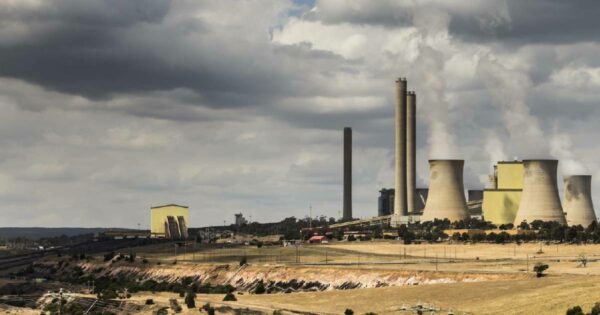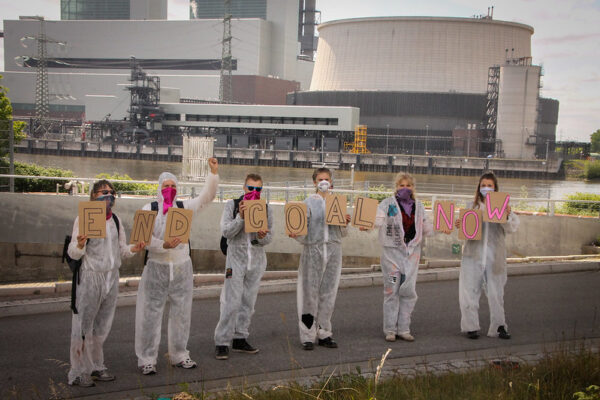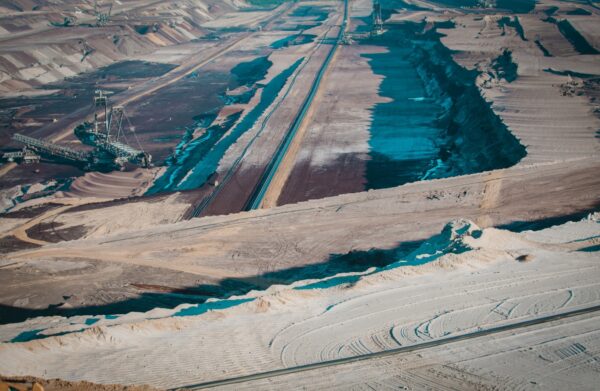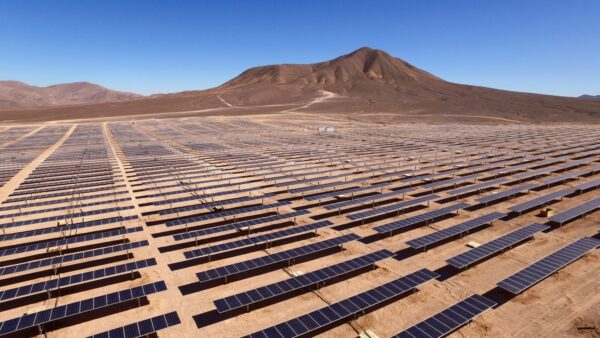Active
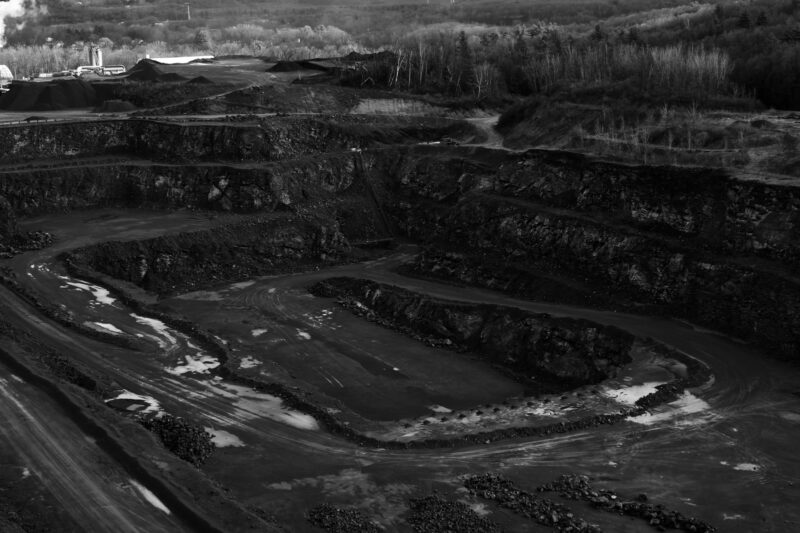
Coal phase-out – global and regional perspective
Phasing out coal from the electricity sector is the single most important step to get in line with 1.5°C. How fast does coal need to be phased out in order to meet the objectives of the Paris Agreement, in light of the latest science from the Intergovernmental Panel on Climate Change (IPCC)?
Key dates
- Global coal emissions should peak in 2020;
- Global coal use in electricity generation must fall by 80% below 2010 levels by 2030;
- OECD nations should end coal use entirely by 2030;
- All coal-fired power stations must be shut by 2040 at the latest.
Details in our September 2019 report Global and regional coal phase-out requirements of the Paris Agreement: Insights from the IPCC Special Report on 1.5°C. This report is an update of our 2016 analysis Implications of the Paris Agreement for coal use in the power sector.
Impact of our work
Our coal reports underpin the global coal phase-out movement by providing science-based benchmarks to establish target coal phase-out dates that are consistent with the Paris Agreement’s 1.5°C limit.
The Powering Past Coal Alliance, launched at COP23, in its declaration refers directly to the benchmarks provided in our global coal report, to stress that the Paris Agreement requires coal phase-out by 2030 in the OECD countries and by 2050 in the rest of the world. This alliance, in which national and sub-national partners commit to phasing out existing coal power in their jurisdictions, and to introducing a moratorium on any new traditional coal power stations, aims to increase its membership to 50 by 2018.
In Europe, a number of countries and sub-national authorities have established phase-out dates consistent with the 2030 benchmark provided in our reports. The recently launched BeyondCoal European campaign, is aiming at establishing similar commitments in the remaining member states to achieve a coal phase-out in the European Union by 2030.
Expanding our work
Coal is still cheap because it does not factor in the costs of environmental and health impacts, so there is no strong market signal to phase-out. Many developing countries look to coal to meet their rapidly growing energy demand due to its low price, the availability of this technology and blueprints for coal deployment, as well as financing. However, renewable energy is a low cost alternative and many countries are already well on the way in its deployment at scale, while others have a very high potential for its deployment.
We’re in the process of expanding our work on science-based coal phase-out strategies into the Asia-Pacific region. A number of countries in this region are planning to significantly increase their coal capacities.
Phasing out coal is a complex problem; solving it must involve many actors and it must occur on parallel with a phase-in of renewables and integration. We work with partner institutions to develop an analytical framework that encompasses not just coal phase-out but also renewables phase-in and integration, aiming to inform policymakers in developing countries.















